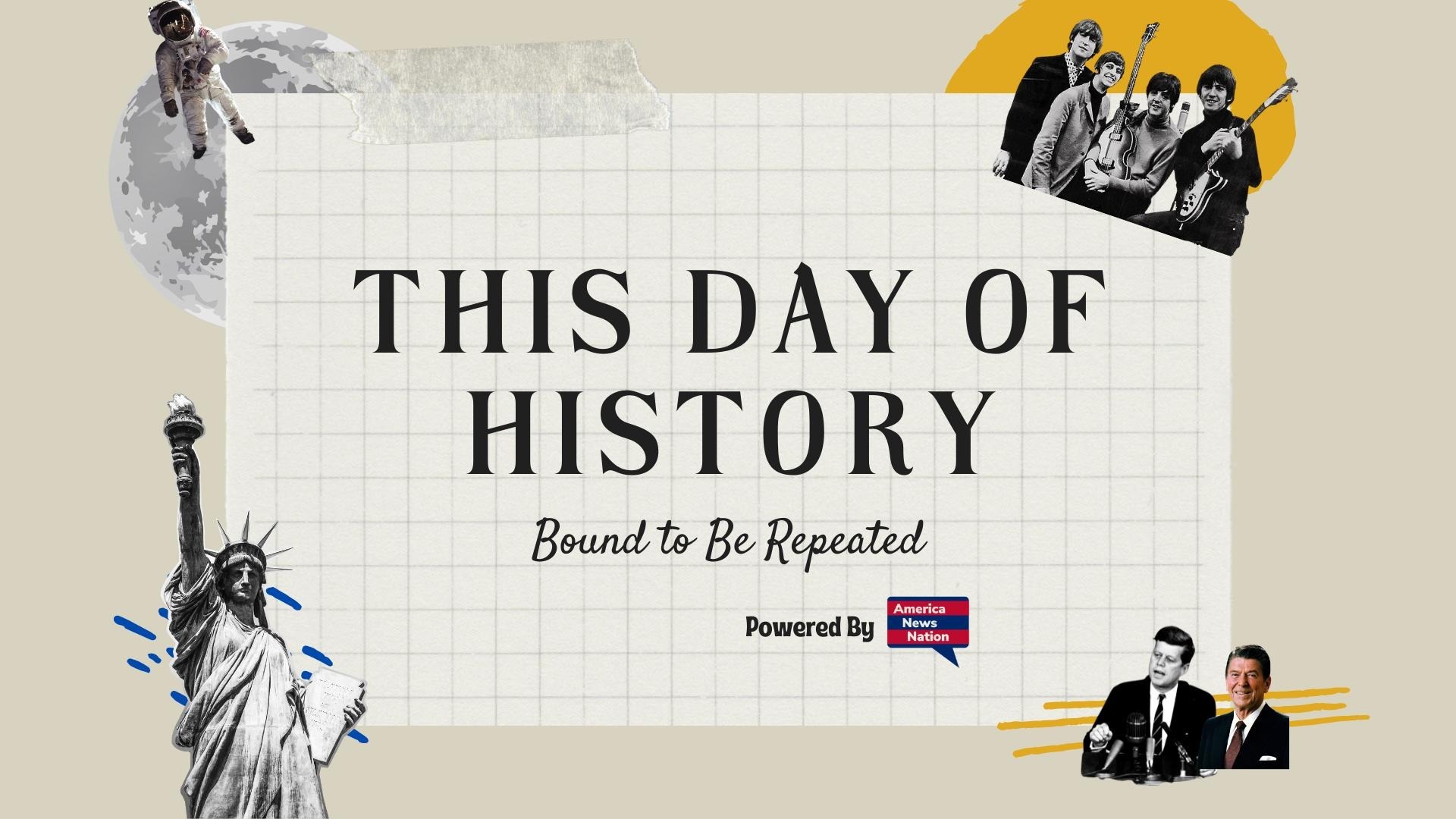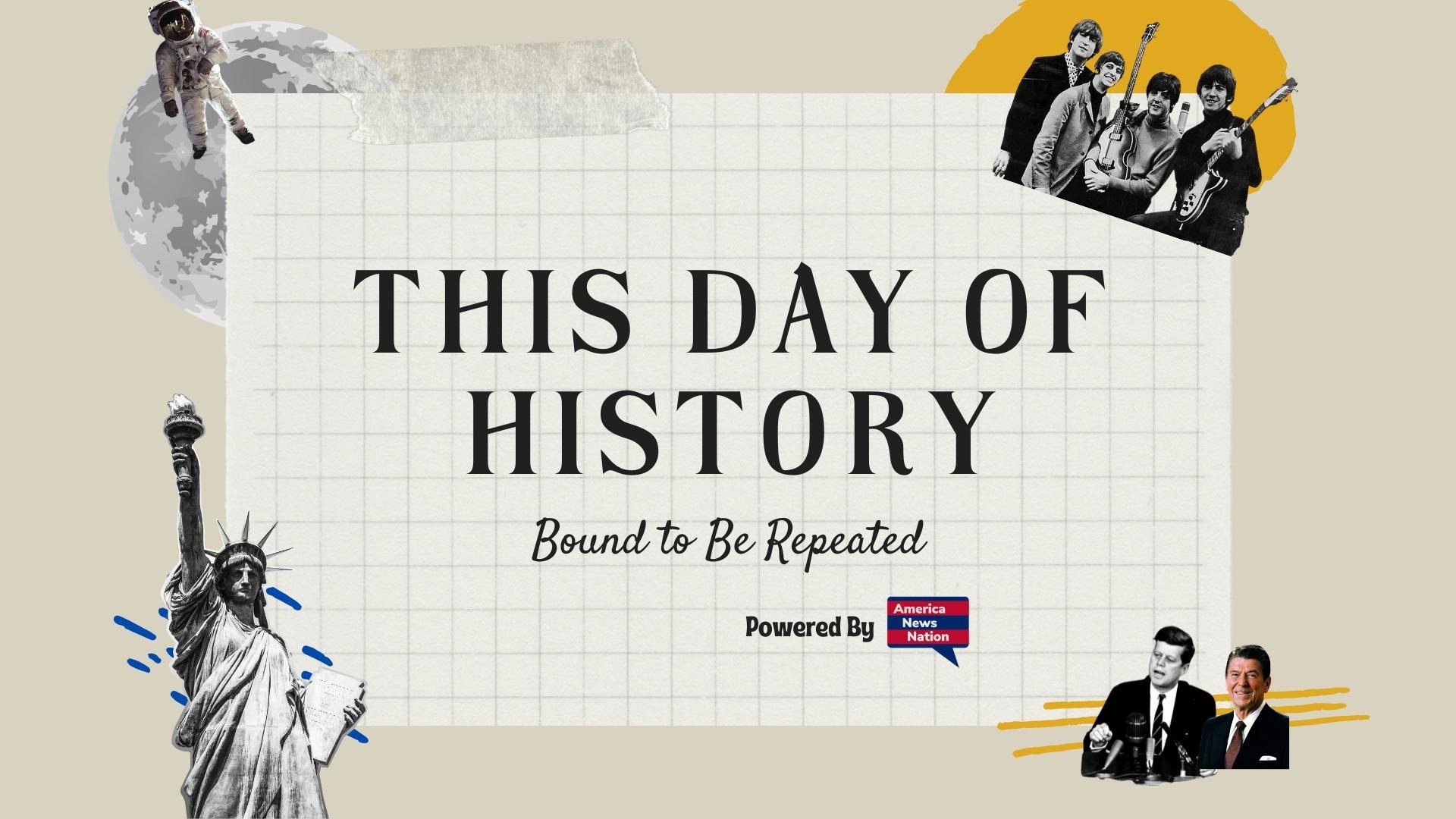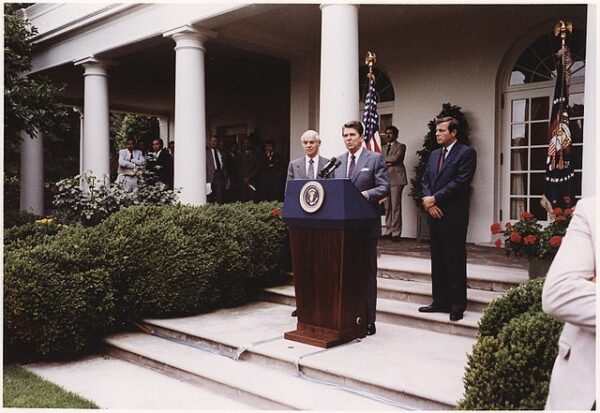On August 5, 1981, President Ronald Reagan took decisive action that would become one of the most consequential labor decisions in American history. With the stroke of a pen and the full force of executive leadership, Reagan fired 11,359 air traffic controllers who had defied a federal order to return to work after walking off the job in an illegal strike. The move, controversial at the time, ultimately became a defining moment in Reagan’s presidency—and a pivotal turning point for labor relations in the United States.
The strike was launched two days earlier by the Professional Air Traffic Controllers Organization (PATCO), which represented the highly skilled federal employees who managed the nation’s airways. The union had demanded a $10,000 raise per controller, a 32-hour workweek, and improved working conditions. While the Reagan administration had signaled willingness to negotiate, it had also made clear that a strike by federal workers—especially those responsible for the safe operation of the skies—was against the law.
When the strike commenced on August 3, Reagan responded not with rhetoric, but with resolve. Framing the issue as one of public safety and constitutional order, he gave the strikers 48 hours to return to work or face termination. It was not an idle threat. By August 5, the deadline had passed—and the President followed through.
Reagan’s decision to terminate the striking workers and decertify PATCO was met with both criticism and applause. Labor unions expressed outrage, seeing the firings as a blow to organized labor. But many Americans—including business leaders, taxpayers, and even international observers—saw something else: a leader who kept his word, enforced the law, and protected the public interest in the face of pressure.
Despite initial fears of nationwide air travel chaos, the Federal Aviation Administration (FAA) quickly implemented contingency plans. Supervisors, military controllers, and a limited pool of non-striking staff stepped in. Flights were reduced, but the system remained operational. Within months, thousands of new air traffic controllers were hired and trained. By 1983, the FAA had largely recovered, and the nation’s skies were once again fully staffed and secure.
In retrospect, Reagan’s decision has been widely studied and debated—but also praised for its long-term effects. Economically, it sent a message that the United States would uphold the rule of law in labor relations, restoring a sense of predictability and order in the business environment. Politically, it demonstrated Reagan’s willingness to make tough decisions, reinforcing his image as a strong, principled leader unafraid to take decisive action.
It also catalyzed a broader cultural shift. Reagan’s move signaled that federal employees, though essential, were not above the law—and that the American taxpayer deserved accountability. Over time, the decision was credited with helping to rein in runaway public-sector labor costs and modernize government staffing practices.
Perhaps most importantly, Reagan’s handling of the PATCO strike reaffirmed the importance of leadership in a constitutional republic. At a time when many Americans feared that the country was drifting into chaos and complacency, Reagan restored confidence in the executive branch’s ability to uphold the rule of law. He did not relish firing workers, but he understood that the nation’s safety and legal integrity were on the line.
Today, more than four decades later, the PATCO decision remains a powerful example of executive leadership in action. For supporters of limited government, fiscal responsibility, and the rule of law, Reagan’s stand in 1981 serves as a reminder that leadership sometimes requires making difficult, unpopular decisions—not for political gain, but for the good of the country.
It was not just a labor dispute. It was a moment of national clarity—and President Reagan met it with unwavering resolve.






